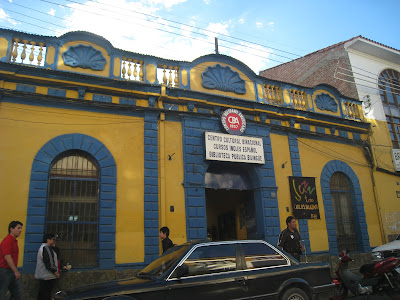You've probably never heard of John Wood, but he's doing some pretty amazing work. Here's Nicholas Kristof's New York Times piece on his libraries around the world:
OP-ED COLUMNISTHis Libraries, 12,000 So Far, Change LivesPublished: November 5, 2011CAI LEI, Vietnam
Peter Stuckings
Room to Read, a charity founded by John Wood, builds libraries and fills them with books. These girls in Cai Lei, Vietnam, accepted new books as if they were treasures.
Nicholas D. KristofONE of the legendary triumphs of philanthropy was Andrew Carnegie’s construction of more than 2,500 libraries around the world. It’s renowned as a stimulus to learning that can never be matched — except that, numerically, it has already been surpassed several times over by an American man you’ve probably never heard of.
















































